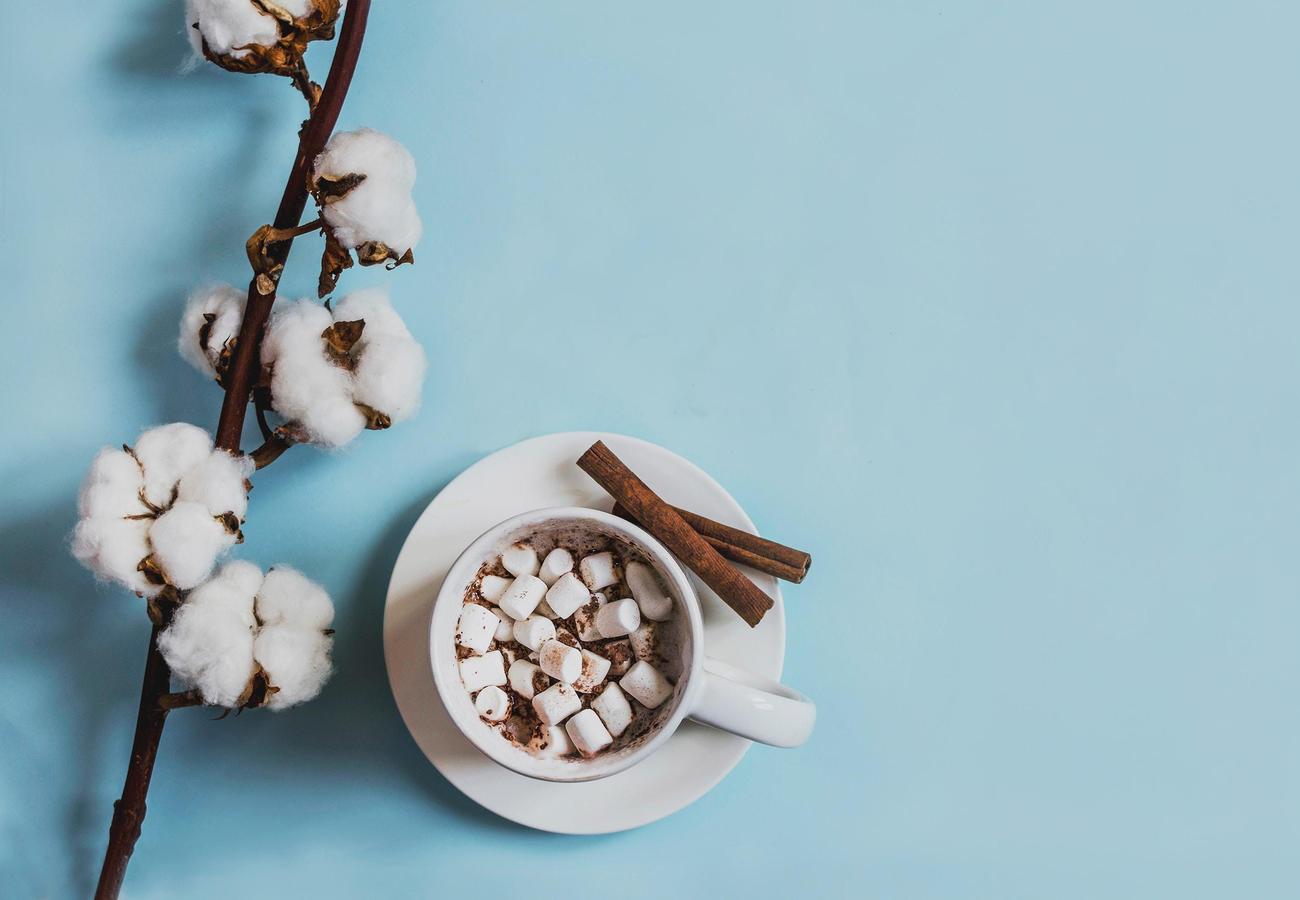When we think of cotton, we often imagine soft, breathable fabric that wraps us in comfort. But have you ever stopped to consider the truly remarkable presence of cotton in our daily lives? From the clothes we wear to the linens we sleep on, cotton permeates our world, quietly providing us with countless benefits. In this article, we will delve into the significance of cotton in our everyday lives, exploring its journey from farm to fabric and uncovering the multifaceted impact it has on various industries and our environment. Prepare to be amazed as we unravel the essential role of cotton in our wardrobes and homes.

The Significance of Cotton in Our Everyday Lives
Cotton, one of the world’s most versatile and widely used natural fibers, plays an essential role in our daily lives in ways we may not even realize. From the clothes we wear to the linens we use, cotton is woven into the fabric of our existence. As an experienced fashion industry professional with a deep understanding of cotton’s journey from farm to fabric, I can provide valuable insights into the significance of cotton in our everyday lives.
A Fiber that Sustains Livelihoods
Cotton is not just a plant; it is a lifeline for millions of people around the world. In developing countries, where agriculture is a significant source of employment, cotton farming provides income for more than 250 million individuals and employs almost 7% of the labor force. For smallholders in impoverished regions, it offers a means of livelihood, attracting export revenues and vitalizing local economies. Cotton is more than a crop; it is a lifeline for countless communities worldwide.
From Farm to Fabric: A Millenary Journey
For over 6,000 years, cotton has been grown for food, fiber, and even fuel. Its fiber is used to produce a remarkable range of products, such as clothing, ropes, U.S. currency, paper, cooking oil, animal feed, packaging, and biofuels. Cotton fibers are not limited to fashion, but have weaved their way into every aspect of our lives.
The Fabric of Our Wardrobe and Home
Clothing and household items make up the largest uses of cotton, with approximately half of all textiles being made from this remarkable fiber. Cotton’s unique properties make it a go-to choice for apparel due to its breathability, softness, and durability. It keeps us cool in the summer and warm in the winter, ensuring comfort throughout the year. Likewise, cotton’s versatility doesn’t stop at our wardrobe; it extends to our homes. From soft cotton towels that dry our faces in the morning to fresh cotton sheets that embrace us at night, cotton is intimately entwined with our daily rituals, providing us with comfort and a touch of luxury.
A Key Driver of Economies
Cotton’s significance extends beyond personal comfort and style; its industry stimulates the global economy. In the United States alone, the annual business revenue generated by cotton exceeds $120 billion, making it America’s leading value-added crop. The cotton sector provides numerous job opportunities in farming, textile production, and related industries. Cotton is not just a fabric; it is an economic powerhouse.
Beyond Borders: A Worldwide Culture
Cotton is more than just a material; it is a culture and way of life for hundreds of millions of households globally. Cultivating and working with cotton has deep-rooted traditions and historical significance in many societies. It brings communities together, showcasing the craftsmanship and artistry of various cultures that have honed their skills over generations. Cotton weaves a rich tapestry of heritage and tradition across the world.
The Versatility of Cotton: A Snapshot
Here’s a snapshot of the diverse range of products made possible by cotton:
| Product | Use |
|---|---|
| Clothing | Provides style, comfort, and durability |
| Household Items | Including towels, bedding, curtains, and upholstery fabrics |
| Industrial | Packaging materials, medical supplies, and automotive fabrics |
| Currency | Used in the production of U.S. banknotes |
| Biofuels | A sustainable source for renewable energy |
| Livestock Feed | Nutritious for animals and a byproduct of cotton oil |
Undeniably, cotton has an impact that reaches far beyond the boundaries of our wardrobes and homes. Its significance lies not only in its practical applications but also in the economic and cultural contributions it makes worldwide. It sustains livelihoods, drives economies, and enriches our lives with its natural beauty and versatility. Cotton is the fabric that connects us all, thread by thread.
Cottontail rabbits are adorable creatures that are often found in North America. But did you know that they have some fascinating facts? Let’s explore 3 facts about cottontail rabbits that will leave you amazed.
Firstly, did you know that cottontail rabbits are expert escape artists? These cunning creatures have the ability to run at speeds of up to 18 miles per hour, making it nearly impossible for predators to catch them. If you want to learn more about their incredible agility and survival skills, click here: 3 facts about cottontail.
Secondly, cottontail rabbits have a unique way of communicating with each other. Instead of using vocalizations, they rely on various body movements and facial expressions to convey messages to their fellow rabbits. Discover more about their complex non-verbal communication methods by clicking here: 3 facts about cottontail.
Lastly, these cute creatures have a remarkable reproductive strategy. Female cottontail rabbits can produce multiple litters in a single year, with each litter consisting of around three to eight adorable baby bunnies. If you’re curious to learn more about their reproductive habits and how they ensure the survival of their young, click here: 3 facts about cottontail.
So, there you have it! Cottontail rabbits are not only cute and fluffy, but they also possess impressive traits and behaviors that make them truly fascinating creatures. Don’t miss the chance to delve into more intriguing facts about these adorable bunnies by clicking on the links above.

FAQ
Question 1: What are some of the uses of cotton?
Answer 1: Cotton is a versatile crop with numerous applications. It is primarily used for clothing and household items, such as apparel, bed linens, towels, and curtains. However, cotton is also used in industrial products, including rope, paper, packaging materials, animal feed, and biofuels.
Question 2: How important is cotton to the global economy?
Answer 2: Cotton plays a significant role in the global economy. It is a profitable non-food crop that provides income for over 250 million people worldwide and employs nearly 7% of all labor in developing countries. Cotton is a vital means of livelihood for millions of smallholders, offering employment, income, and export revenues to some of the poorest nations. In the United States alone, cotton stimulates annual business revenue exceeding $120 billion, making it the country’s top value-added crop.
Question 3: What is the significance of cotton in our daily lives?
Answer 3: Cotton is an integral part of our daily lives. From the moment we dry our faces with a soft cotton towel in the morning to the time we slide between fresh cotton sheets at night, cotton surrounds us. We wear cotton clothing and use cotton-based household items, benefiting from its comfort, breathability, and durability. Additionally, cotton contributes to the livelihood of many rural laborers, including women, and represents a culture and a way of life for millions of households around the world.
Question 4: How sustainable is cotton production?
Answer 4: Cotton production has both positive and negative environmental impacts. On one hand, cotton is a renewable resource that is biodegradable and can be grown organically. It also helps reduce the carbon footprint through carbon sequestration in the soil. However, conventional cotton farming often relies on synthetic pesticides and fertilizers, which can harm the environment and human health. Sustainable cotton initiatives, such as organic and fair trade practices, aim to mitigate these negative effects and promote a more environmentally friendly and socially responsible cotton industry.
Question 5: What is the historical significance of cotton?
Answer 5: Cotton has been cultivated for over 6,000 years and has played a pivotal role in human history. It has been grown not only for its fiber but also for food and fuel. Cotton has been used to make various essential products, including U.S. currency, cooking oil, and even biofuels. Its long history and diverse applications highlight the enduring importance of cotton in human society.
“`json
“`
- Senior at What Age: Benefits & Eligibility Guide - March 29, 2025
- Unlocking Senior Benefits: How Old is a Senior? Your Complete Guide - March 29, 2025
- Master Russian Politeness:A Guide to Saying Please - March 29, 2025
















